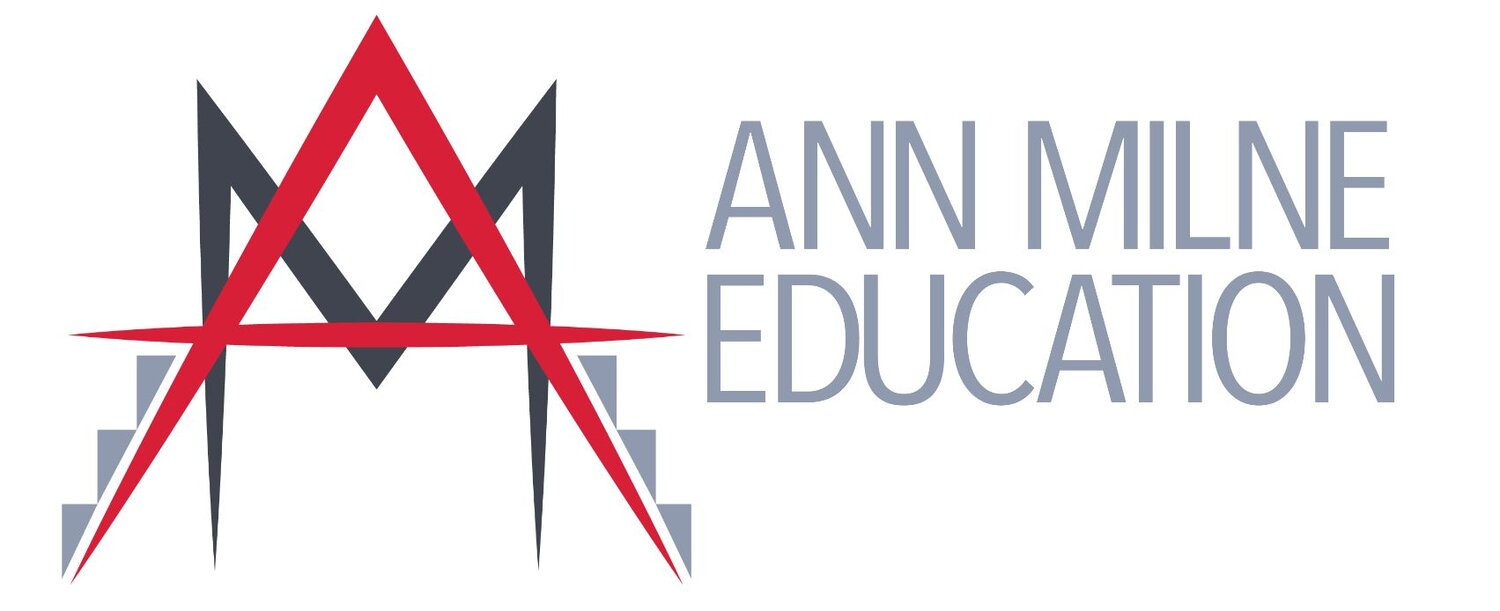That Equity Image!
The Government’s vision, via the Ministry of Education, is that “We shape an education system that delivers equitable and excellent outcomes.” Who could argue with that? Like most lofty aspirations it’s a broad enough statement to appeal to everyone, until you start to look more closely.
So, this week I found myself moved to add a comment to a thread on an NZ Primary Teachers’ social media group about that word, “equity,” which is held up as our holy grail. This blog post expands on my comment. The teacher’s social media post used this image, which I’m sure you have seen many times before, that shows the difference between equity and equality.
The origins of the image can be read about in this article, The Evolution of an Accidental Meme by the artist, Craig Froehle, who drew the first version of the image in 2012. I’ve certainly used it myself in talks and presentations over the years – with some cutting and pasting amendments.
So you might be surprised by this 2018 headline, “This ‘Equity’ picture is actually White Supremacy at work.” The Equity in Education Coalition explains that, first and foremost, the shortest boy is positioned as the problem. He needs multiple boxes to see over the fence. He’s the one who is the pathology: he’s literally less than the others, presented as not normal, especially compared to the tallest boy. And because he is shorter, he is seen as the problem, he needs more help.
This is white supremacy (for the purpose of this explanation let’s just call it ‘height supremacy’) because it feeds into that so-familiar racist thinking — that this child, and other children like him (let’s say “too short” rather than “brown”), take up too many resources, are too needy, their parents need to take responsibility for their height, they could grow taller children, or provide their own boxes if they really wanted to— like this other “short” boy you know who just pulled himself up by his fingertips using his own effort— and so on… You have all heard what I’m talking about before.
The Equity Coalition article went on to say:
Imagine if you will, 3 people —all the same goddamn size. The ground beneath them slopes, buckling beneath one person so significantly that person cannot see over the fence at all. The foundation on which these people stand is unequal, and that foundation, might we even say systemic, difference leads to some being able to watch the baseball game, while others cannot.
So, I took up that challenge and last year, I asked two of my clever mokopuna, to draw me this version where the children are all the same size. Now, the short child is not the problem, the problem is the uneven and unequal ground Māori learners are forced to stand on in the first place. And it doesn’t matter how you try to ‘pretty up’ that picture, the ground is always uneven. It is going to take some heavy machinery to change it. Who decides what equity looks like and whether or not that’s our goal?
Image drawn by Maioha and Māhina Tupe - M2Toi
Dr Papaarangi Reid says that “INequity is a symptom of oppression. Equity is not the endgame, If we achieve it, that might be a symptom that there are no longer systems in place that reproduce inequity, but the endgame is sovereignty.”
That means, that instead of a very white education system determining what the norms are, and whose knowledge counts, it’s a position where Māori determine the endgame, can decide whether or not they want to play, whether they might want to change the rules or start a completely new game.
How’s the ground where you work?



